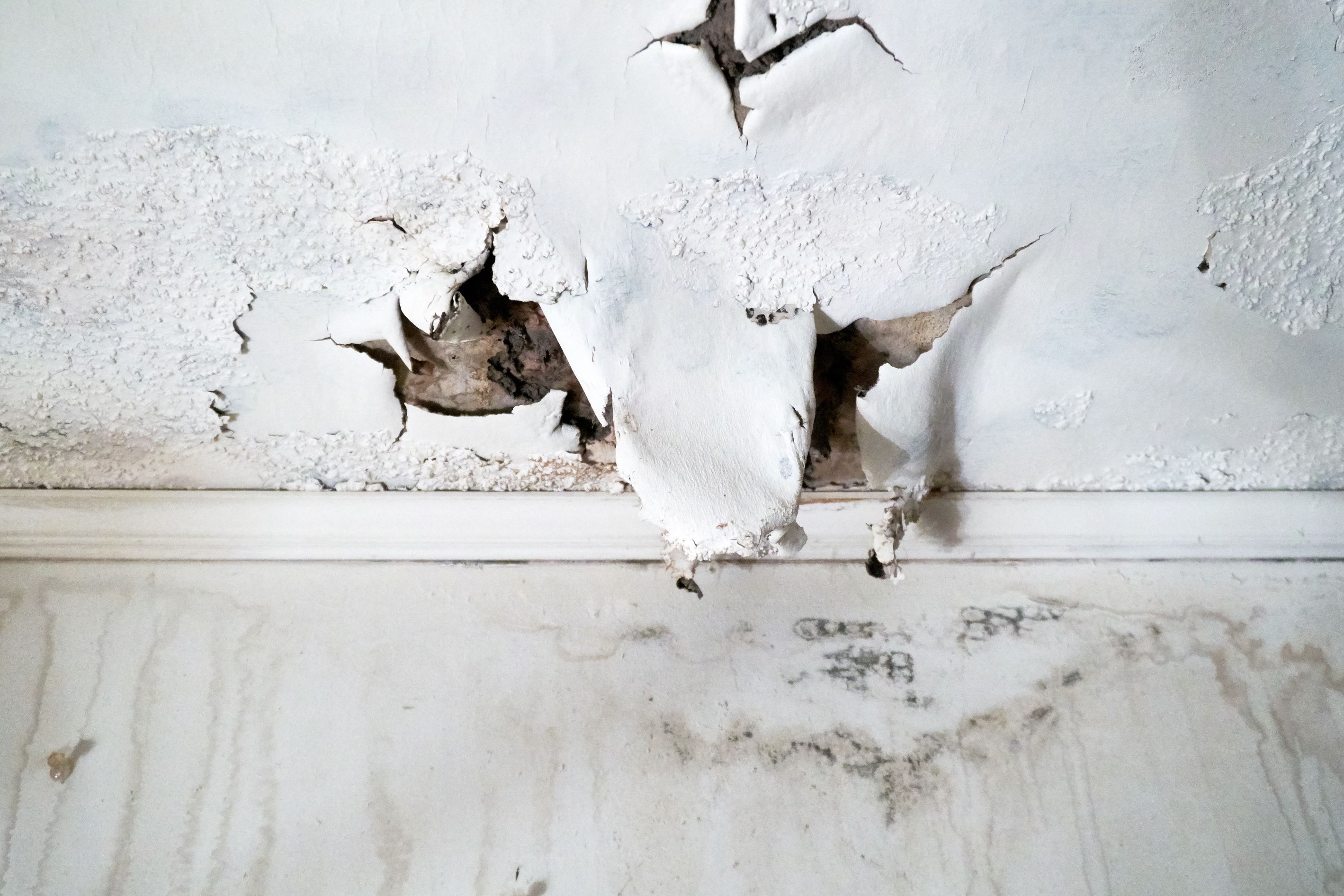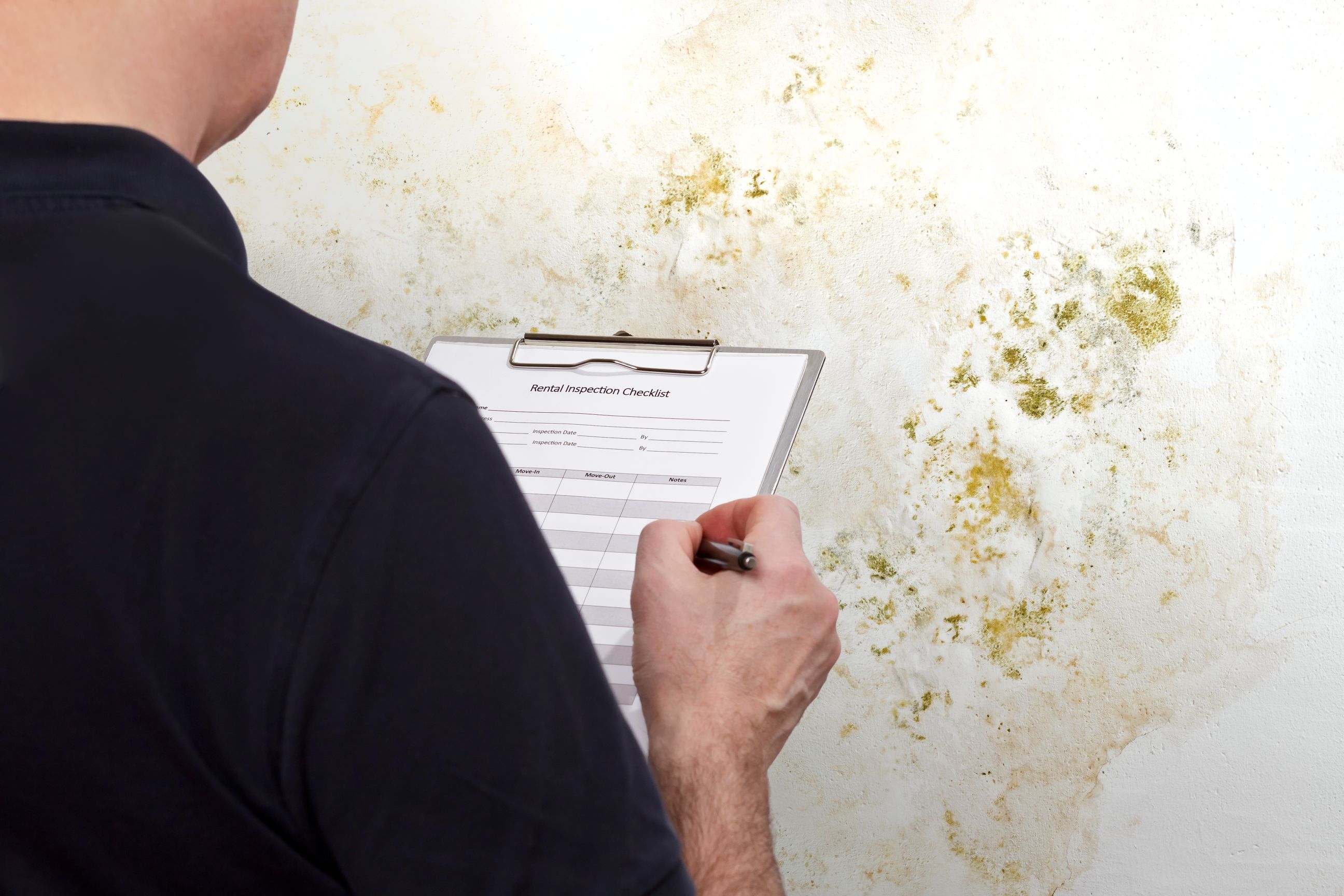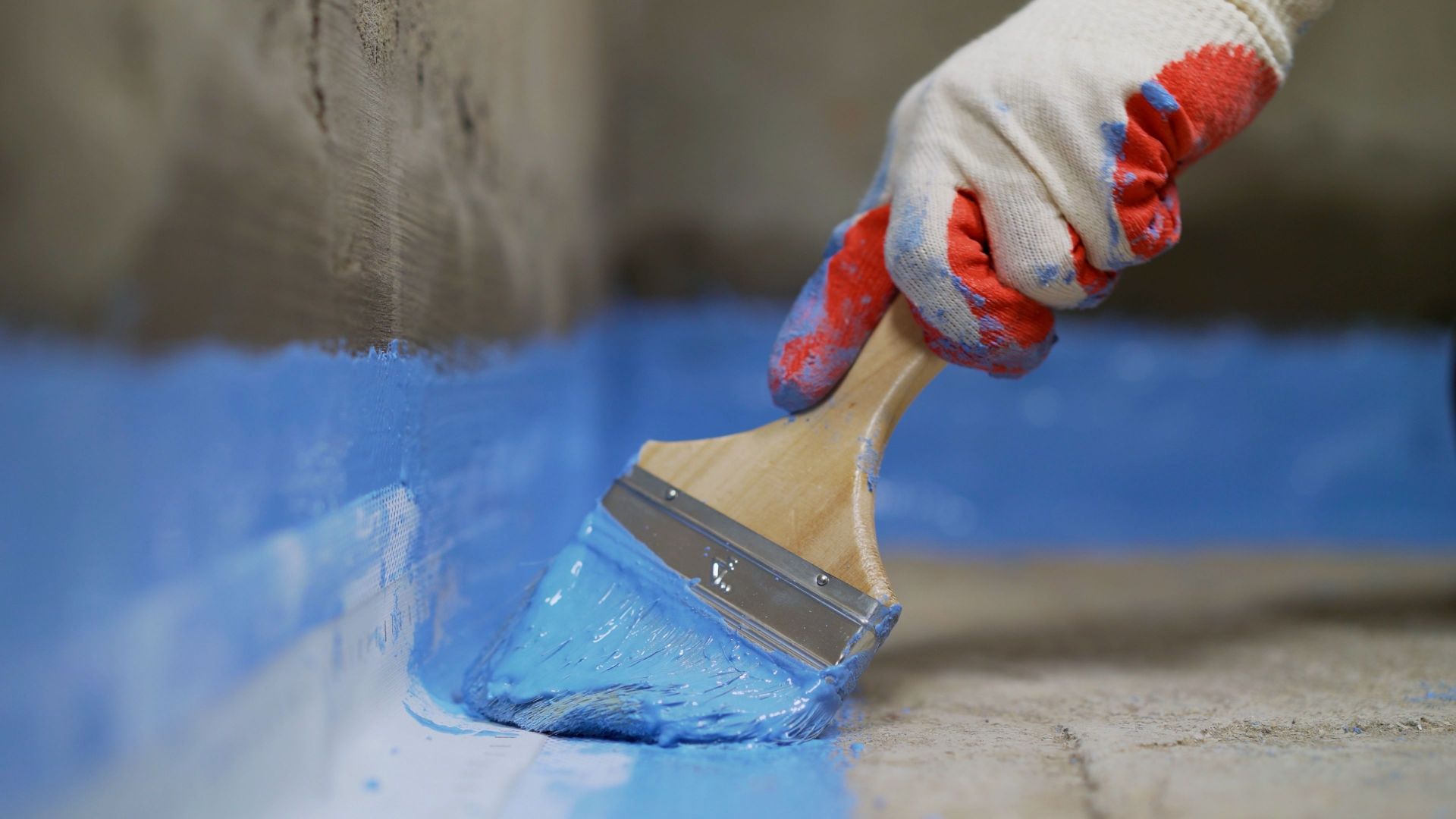
For a disaster-affected area to be safe and liveable, flood-damaged walls must be managed. To stop future structural deterioration and related health risks, quick and informed action is essential.
Highlighting the Importance of Taking Measures and Conducting Careful Analysis
For a disaster-affected area to be safe and liveable, flood-damaged walls must be managed. To stop future structural deterioration and related health risks, quick and informed action is essential.
Understanding the Potential Risks Associated with Flood Damage and Structural Instability
Flood damage can jeopardise structural integrity and present dangers like weaker foundations, electrical concerns, and mould growth, underscoring the significance of swiftly and thoroughly resolving damage.
Assessing the Extent of the Damage Before Starting Any Repairs (Inspection of Walls)

Start the restoration process by carefully inspecting the walls to ascertain the extent of the damage. To create a successful restoration strategy, a comprehensive examination is necessary.
Step-by-Step Process for Damaged Walls
Our thorough guide covers a step-by-step procedure for repairing flood-damaged floors, walls, and ceilings to create a liveable area that is both functional and aesthetically beautiful. Here are some tips to keep your walls beautiful:
Removing Wet or Damaged Drywall
To prevent the growth of mould, remove any damaged or soaked drywall as soon as possible. Next, inspect the underlying structure for damage and make any necessary repairs.
Dehumidifiers
Use dehumidifiers to quickly remove moisture from afflicted areas, speeding up the drying process and lowering the chance of mould growth.
Use of Moisture Meters
Throughout the drying process, use a moisture meter to check moisture levels, guaranteeing full drying and exposing hidden damage.
Process for Repairing the Walls
Cleaning, sanitising, and replacing damaged components will effectively restore the walls. Address systemic issues and use the proper remedies for exterior wall coatings.
Replacing or Patching Damaged Drywall
Repair or replace any damaged drywall portions to create a uniformly smooth surface for finishing work.
Instructions for Installing Insulation if Necessary
Install insulation as needed to improve energy efficiency and indoor comfort while strengthening your home’s defences against potential threats.
Consider Hiring Professionals for Complex Repairs

Consider hiring an expert to help with complex structural concerns or substantial damage to ensure thorough and secure repairs.
Tips for Matching Paint and Finishes for a Seamless Look
By carefully choosing complementary interior wall coatings and paint colours, you can achieve a unified aesthetic that will revitalise the look of your area.
Importance of Using Waterproof Paints

Use waterproofing solutions on your walls and ceilings to offer an extra layer of protection and secure your property from future water-related catastrophes.
Tips on Flood Prevention and Mitigation to Reduce the Risk of Future Damage
Reduce the likelihood of future flooding by taking preventative measures such as good drainage, elevating utilities, and using landscaping techniques.
Conclusion
A systematic approach is necessary for dealing with flood-damaged walls, ceilings, and floors effectively. You can restore the integrity, security, and beauty of your home with the appropriate equipment and skills.
FAQs
How do you repair damaged walls?
The first step to repair damaged walls is to remove the damaged drywall, completely dry the area with dehumidifiers, and fix any structural problems. Painting and finishing touches should be applied after materials have been cleaned, disinfected, and replaced as necessary.
How do you treat walls after a flood?
Following a flood, walls should be treated by removing drywall that has been damaged, dehumidifying to remove moisture, checking for structural issues, cleaning, disinfecting, and then repairing and repainting as necessary.
What happens if water gets into your walls?
Following a flood, walls should be treated by removing drywall that has been damaged, dehumidifying to remove moisture, checking for structural issues, cleaning, disinfecting, and then repairing and repainting as necessary.
Do walls need to be replaced after a flood?
In other circumstances, flood-damaged walls may need to be replaced because they have been structurally compromised or heavily saturated with water. However, quick drying and repairs can save a lot of the wall fragments.
What are the key steps for properly finishing and painting walls after they’ve been repaired?
Follow these essential finishing and painting measures after repairing walls: prime the surface, use several coats of paint, give them enough time to cure, and make sure the finish is smooth for a professional appearance.

 Get in Touch
Get in Touch